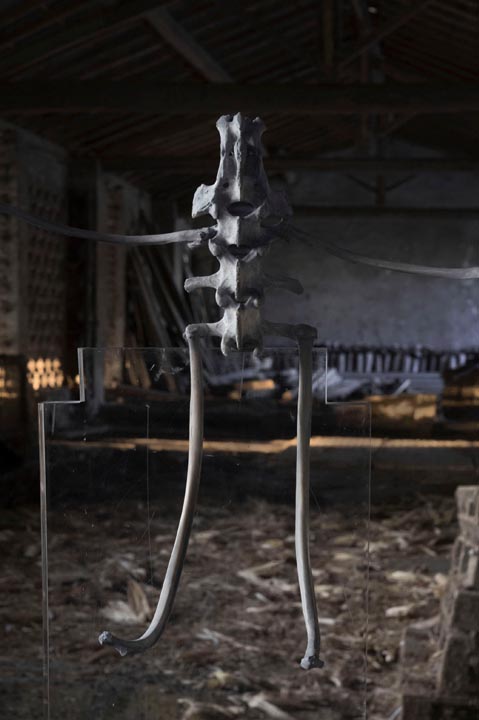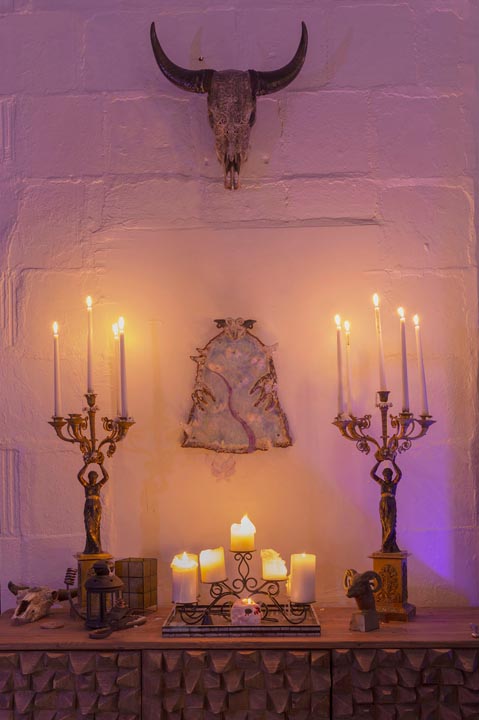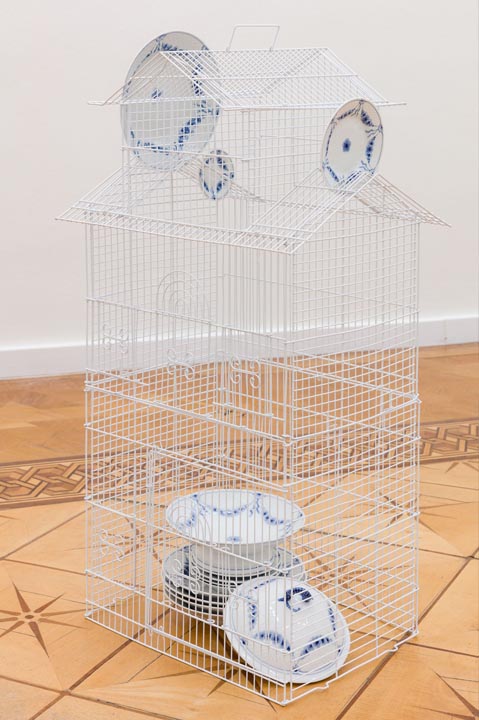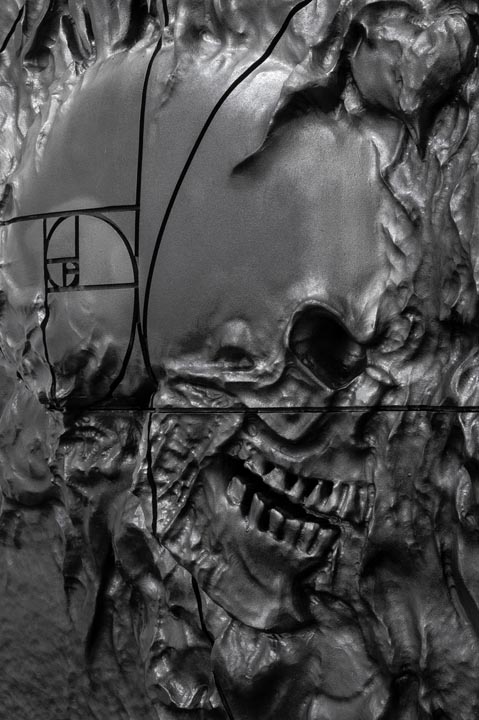OFLUXO
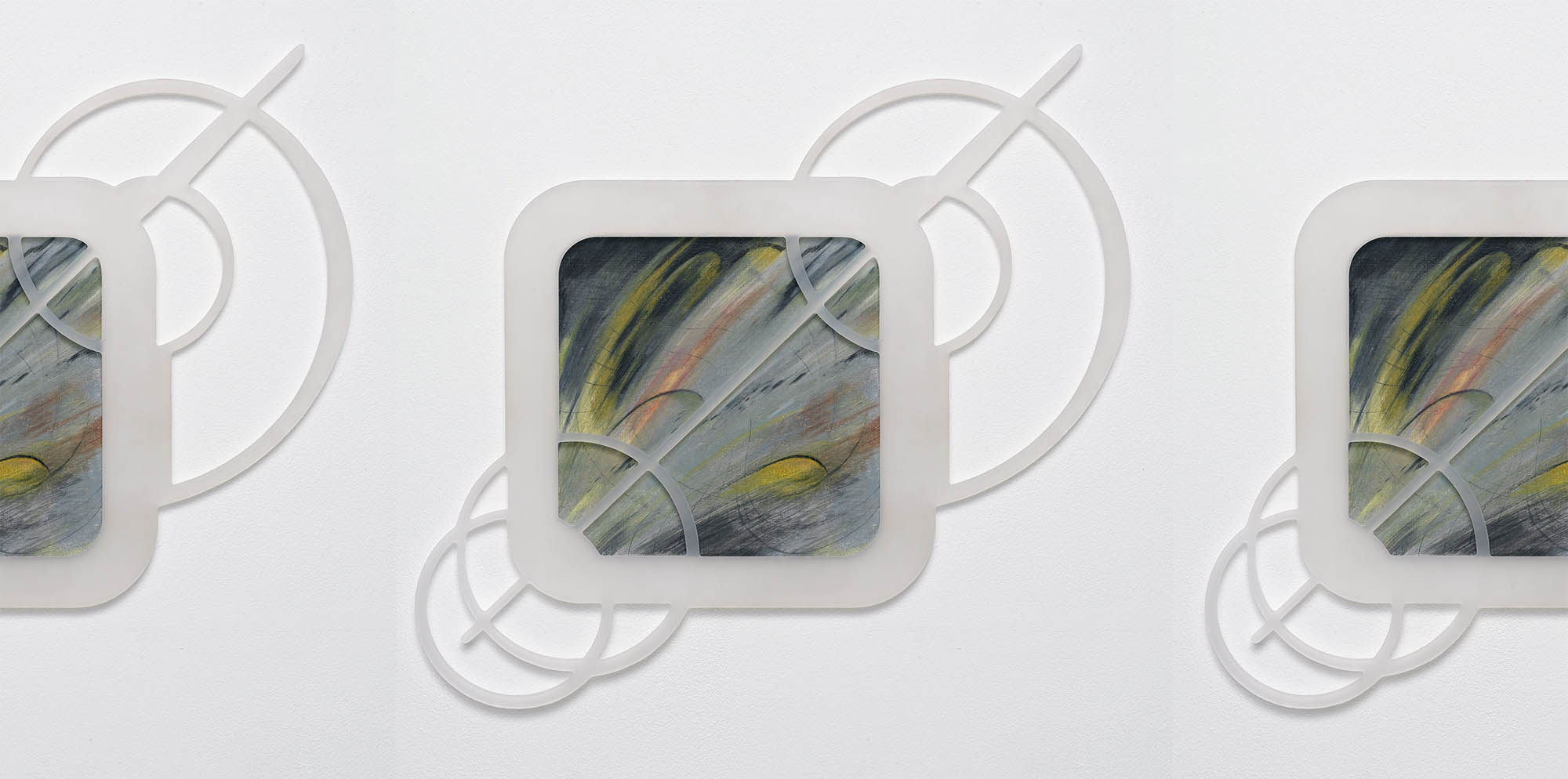
Front space:
Josefina Anjou & Sarah Ksieska
At Galerie Fons Welters, Amsterdam
22 November – 11 January 2020
Sarah Ksieska is interested in belief structures, constructed media stories and the stream of information we’re confronted with daily. Content and material wise she doesn’t follow any rules and uses different sources along the lines of low art and camp. Ksieska takes images and feelings out of context and brings them together in a new way, without a clear narrative. She removes the subjectivity of the image in order to reveal something significant underneath, the underlying structures of what causes subjectivity. This creates a sense of distance for her as an artist, with which she tries to evoke an existential feeling with the viewer. This detachment is also part of her work process. She starts out her process by drawing and combing images into collages on a tablet. She then paints them, evolving it into something new. This allows her to correct any errors in the digital process before she starts painting. Ksieska uses a silver-coloured, reflective background to disrupt colour effects and create an illusion of depth. By painting the digitally constructed image, she adds warmth and her physical handwriting, so that subjectivity partly returns.
Josefina Anjou is interested in the in-between, as something that can only be transmitted in air, such as certain diseases and vibrations: often invisible but still present, as a phase between the rational and the metaphysical. Growing up in a secular environment and having an interest in natural sciences, she longs for a unification of the factual, rational and the metaphysical, intuitive. In a time where there is much talk about post-truth, it is important for Anjou to commit to what is real, but at the same time to get inspiration from the imaginary. In her work she tries to connect those two worlds.
Although the motifs of Anjou’s pastel paintings always have an abstract starting point, this often changes quickly into the motif of the knight. Anjou tries to keep her work process free from strict plans and the rules of painting. She searches for an area in which she does not have complete control, where she is not fully the creator, and where motives find their own way. She’s happy to allow the presence of the knight, which she experiences as unannounced. Anjou uses her retro-futuristic frames as three-dimensional extensions between the wall and the work. In addition, she sees no hierarchy between the creator and the work, but, like the frame, she is yet another layer through which the knight must go through in order to reach the viewer.
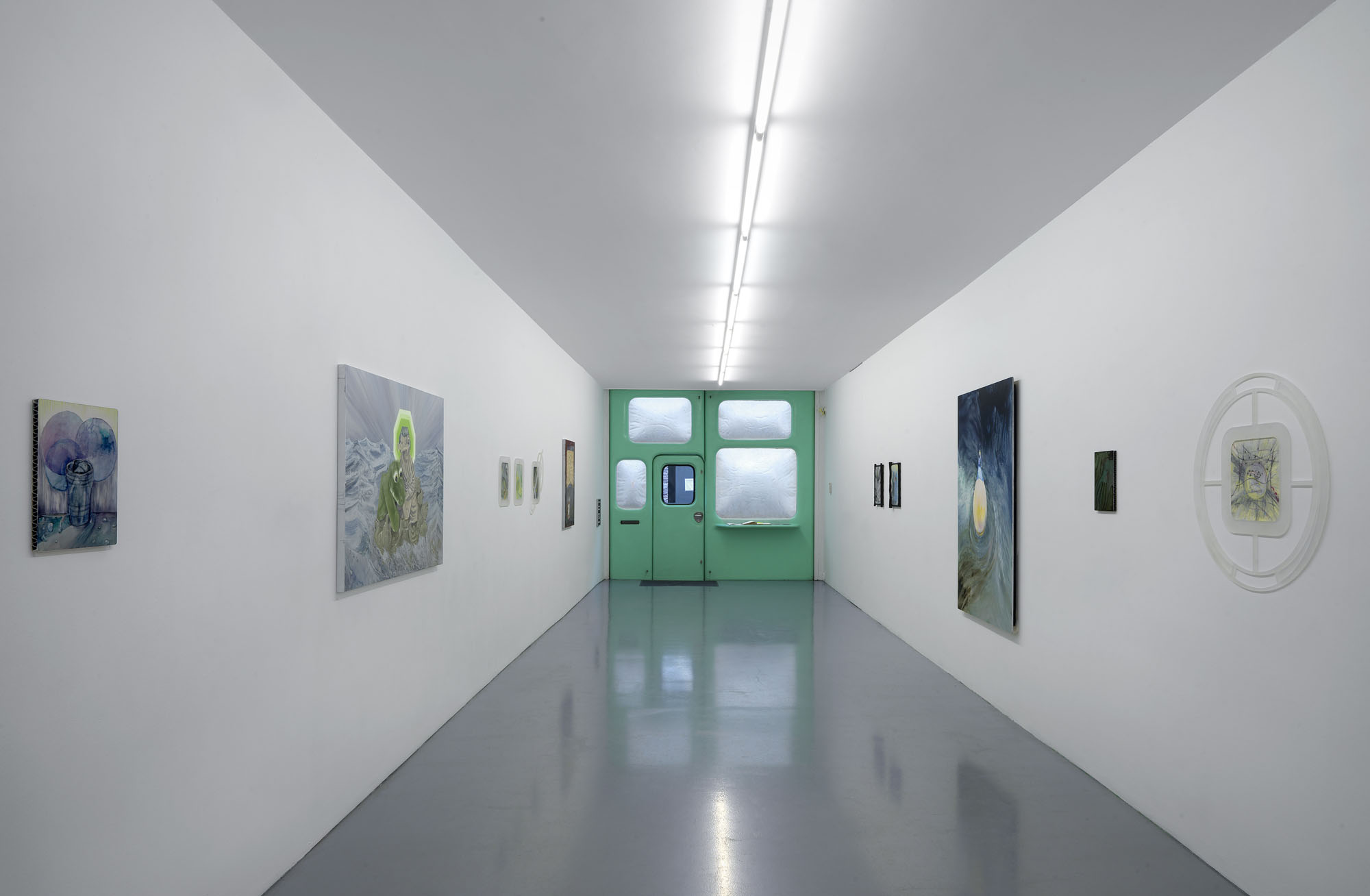
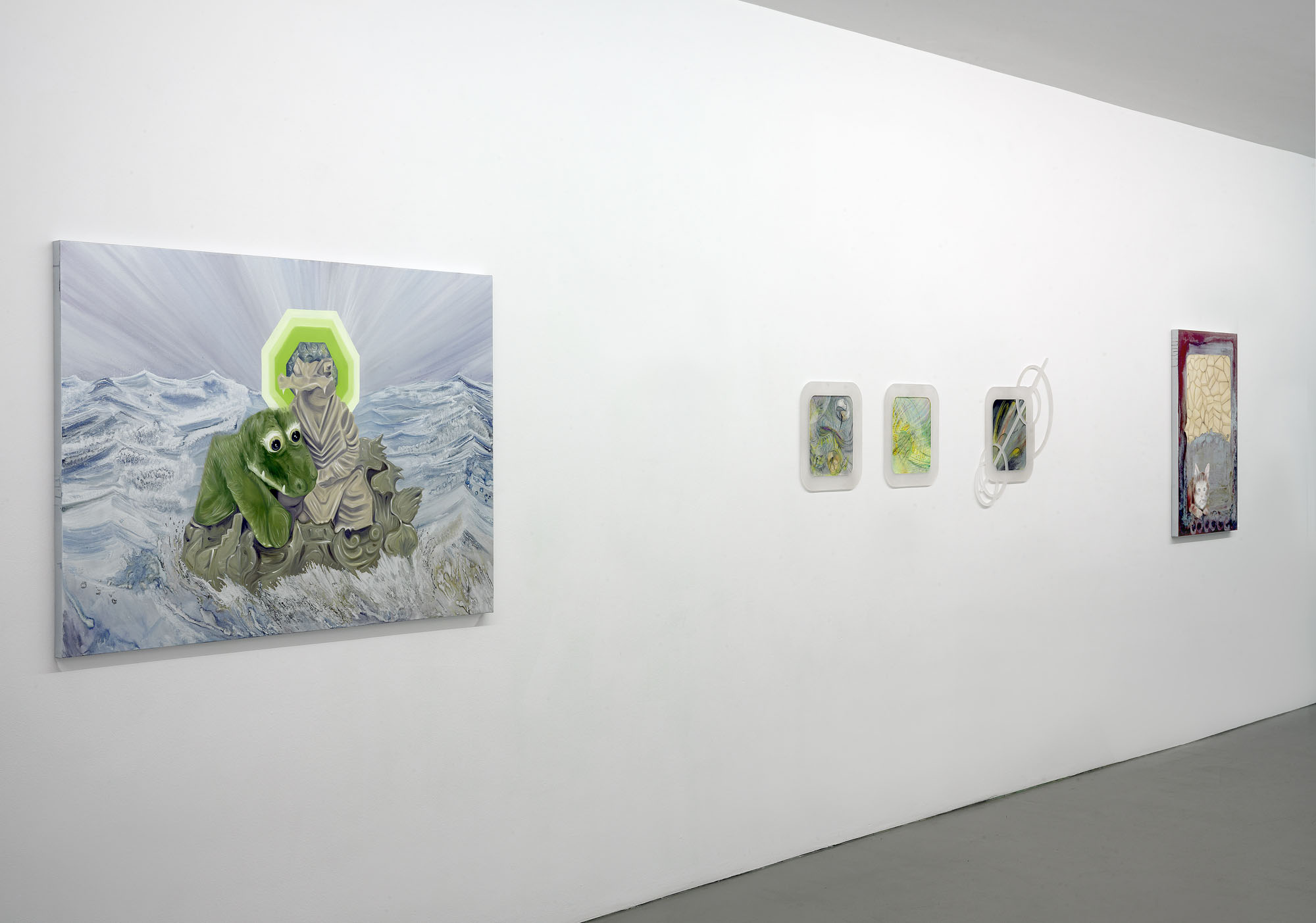
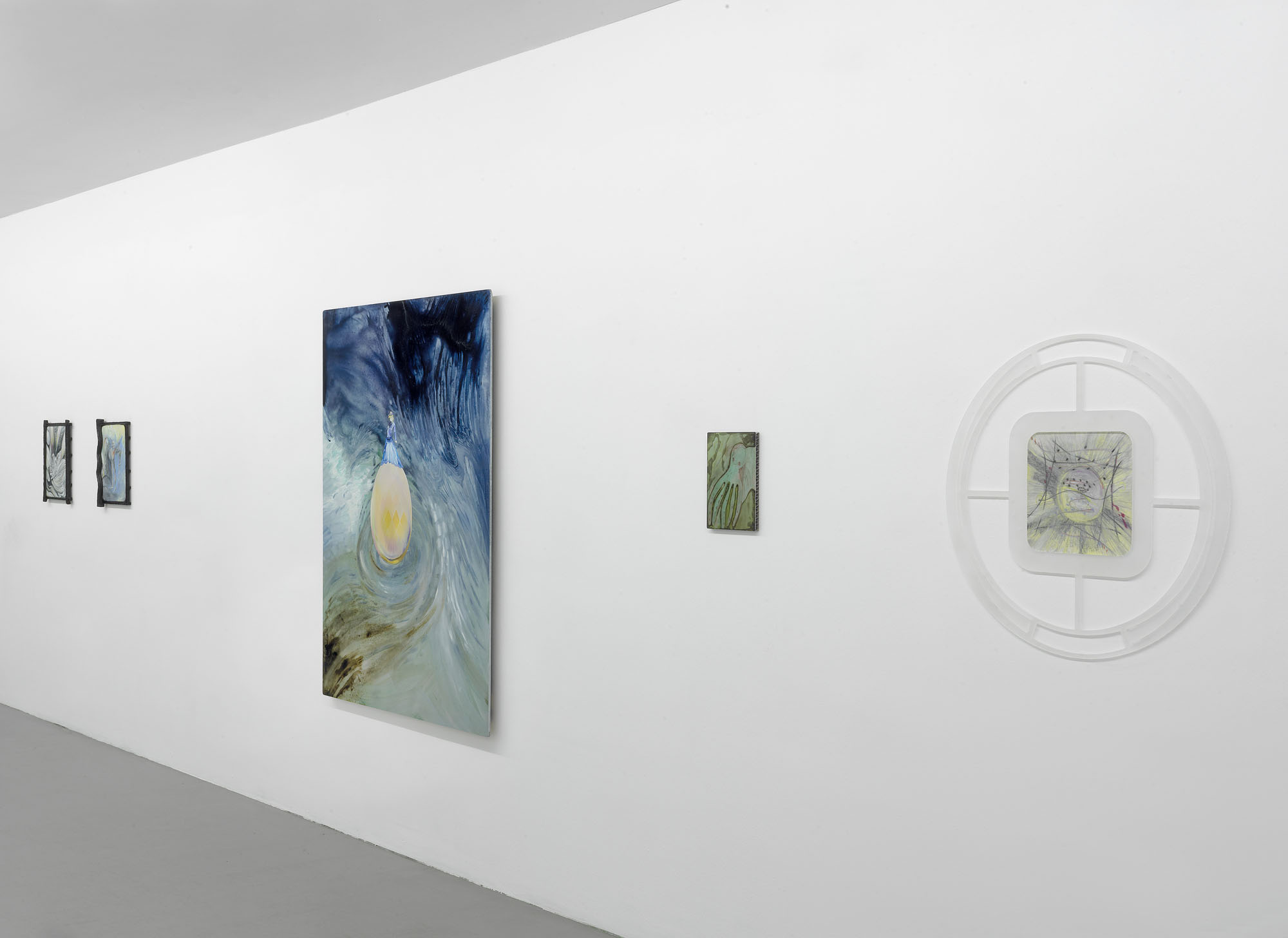
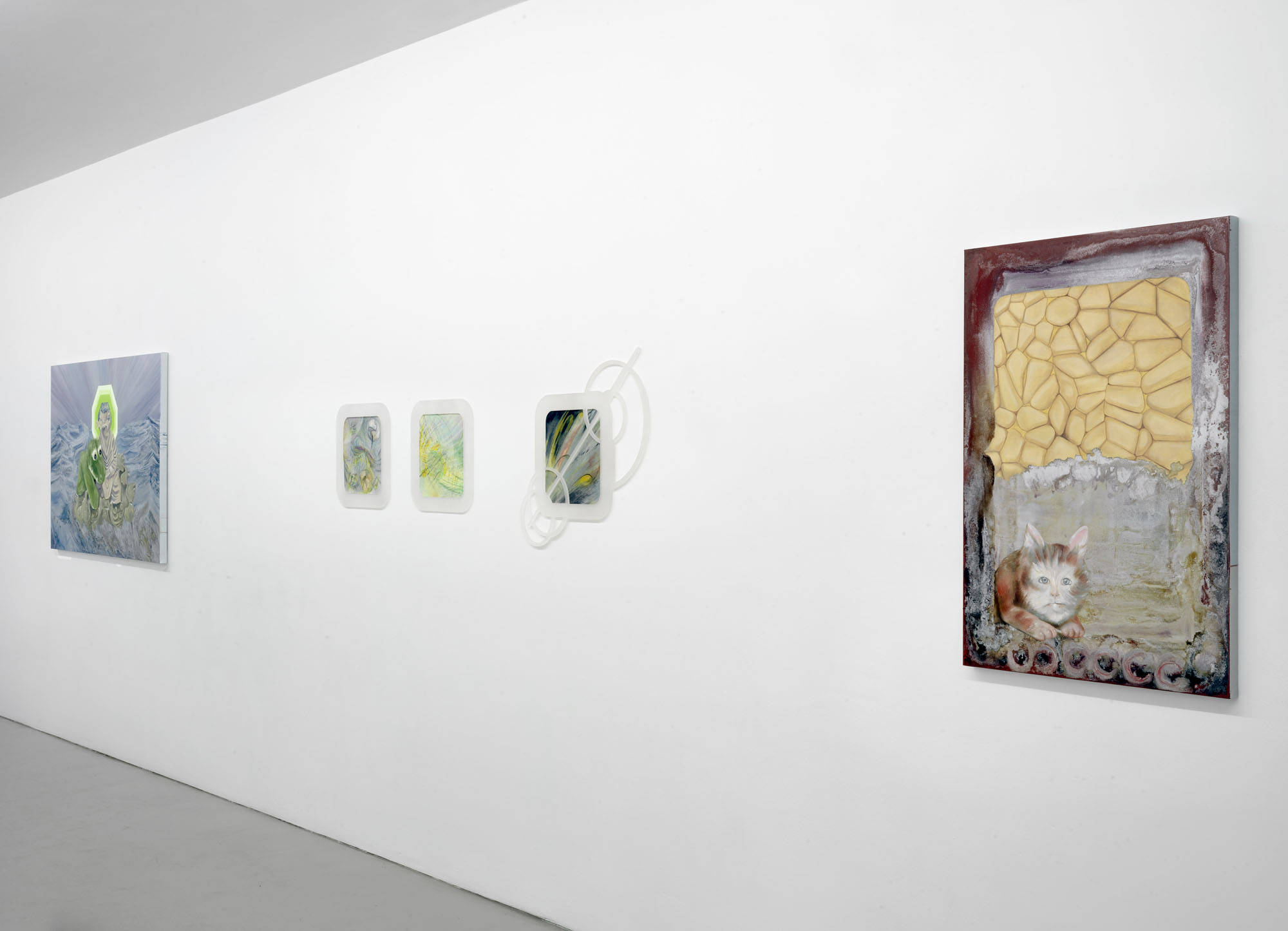
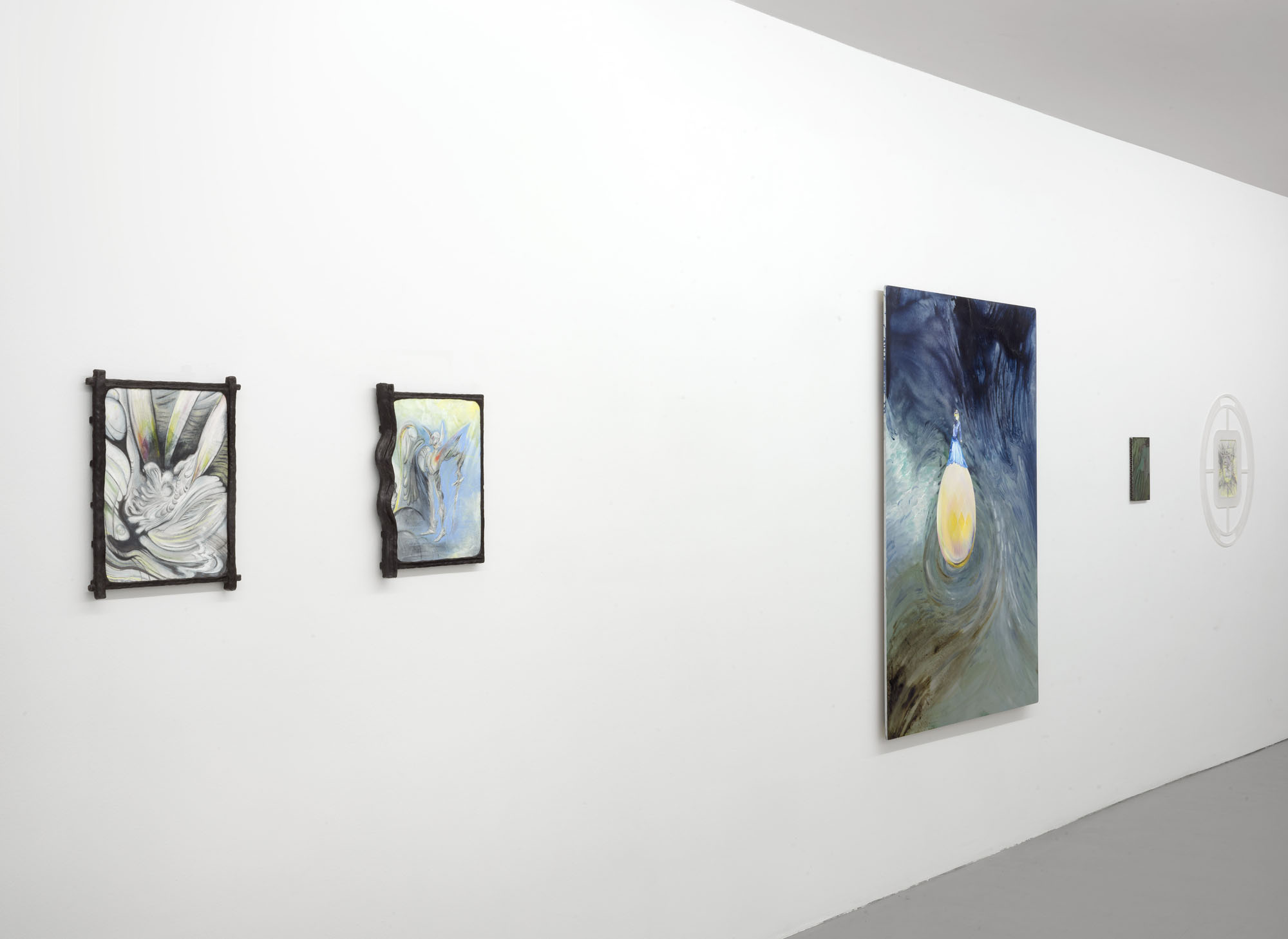
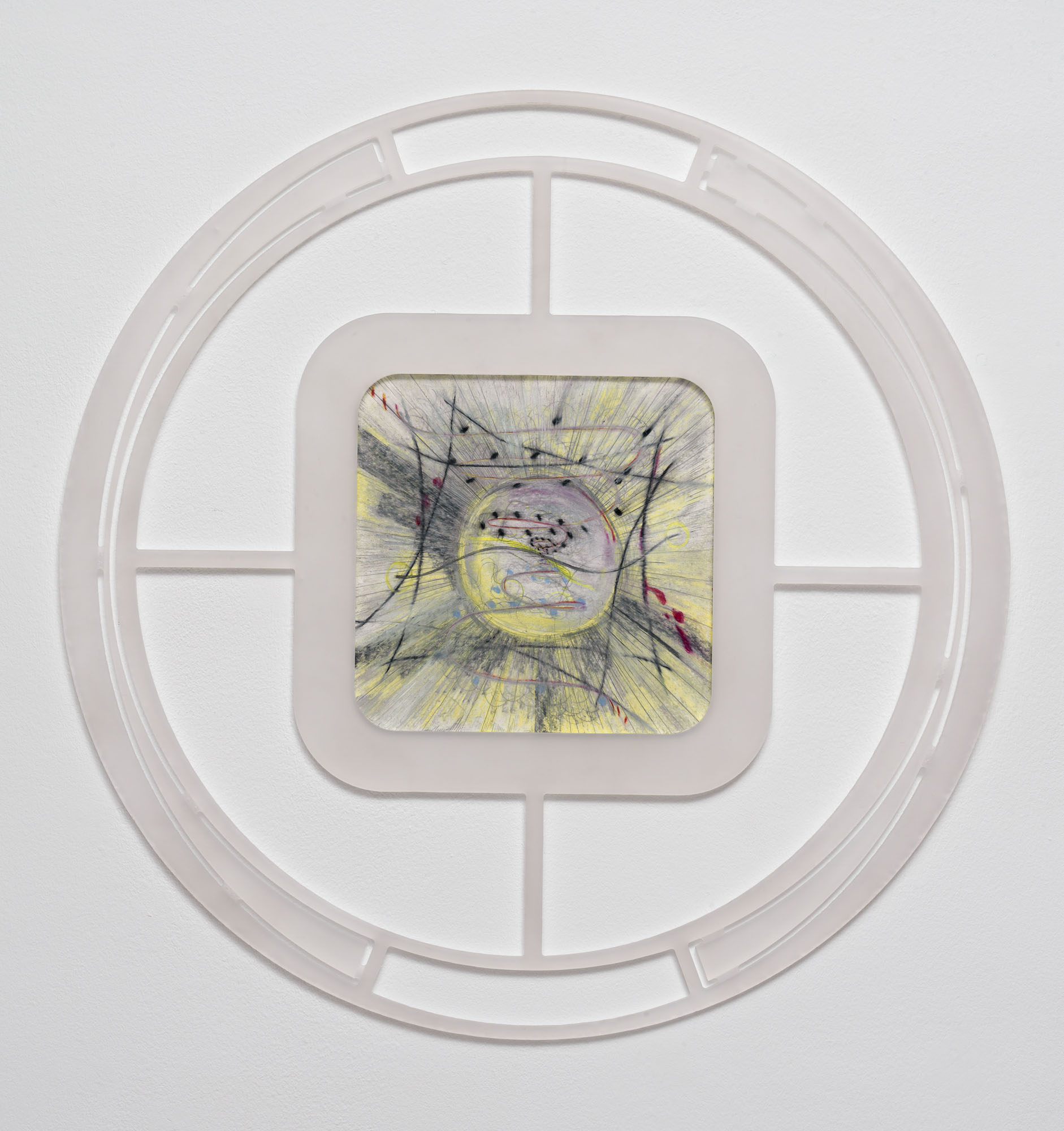
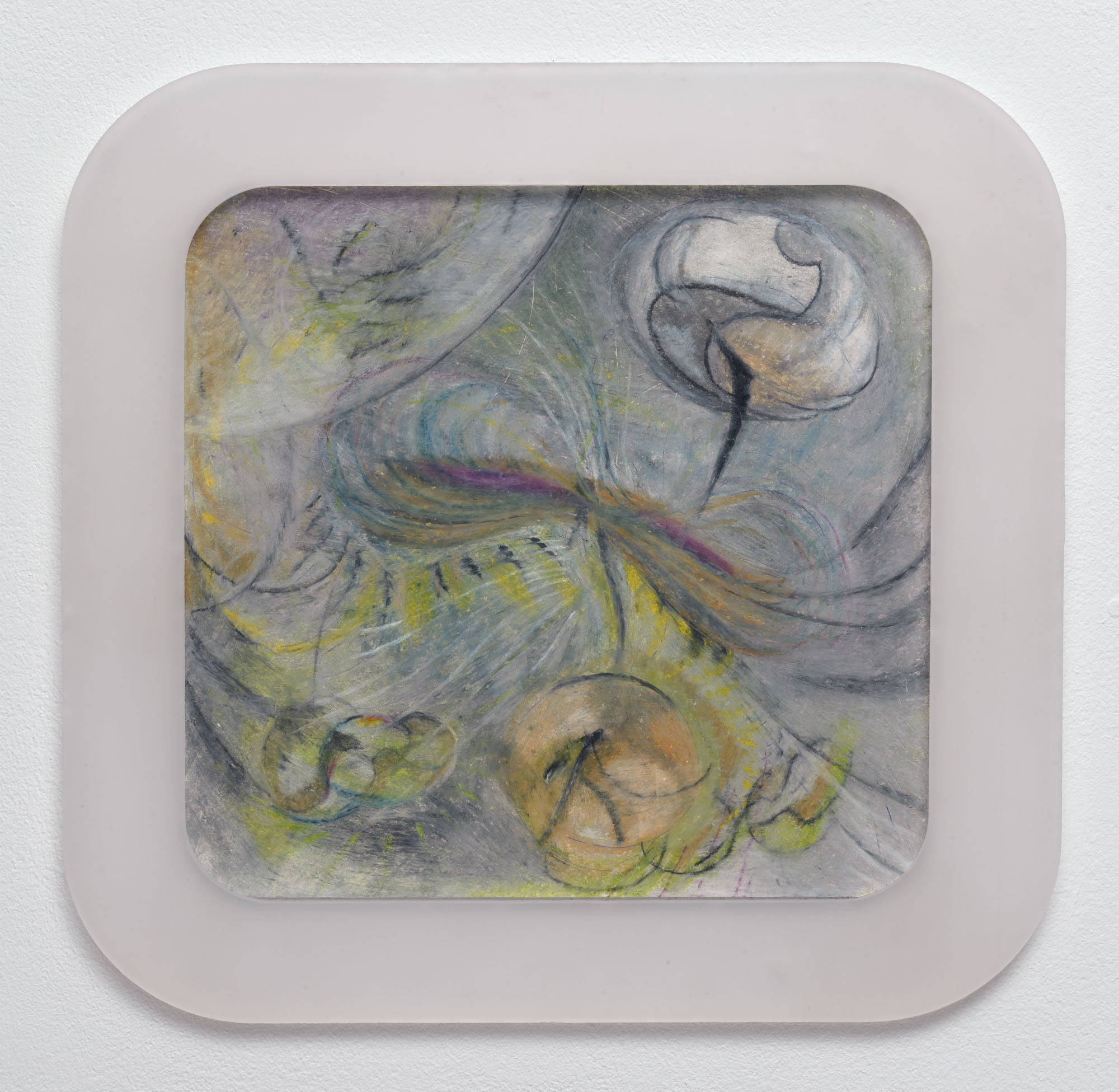
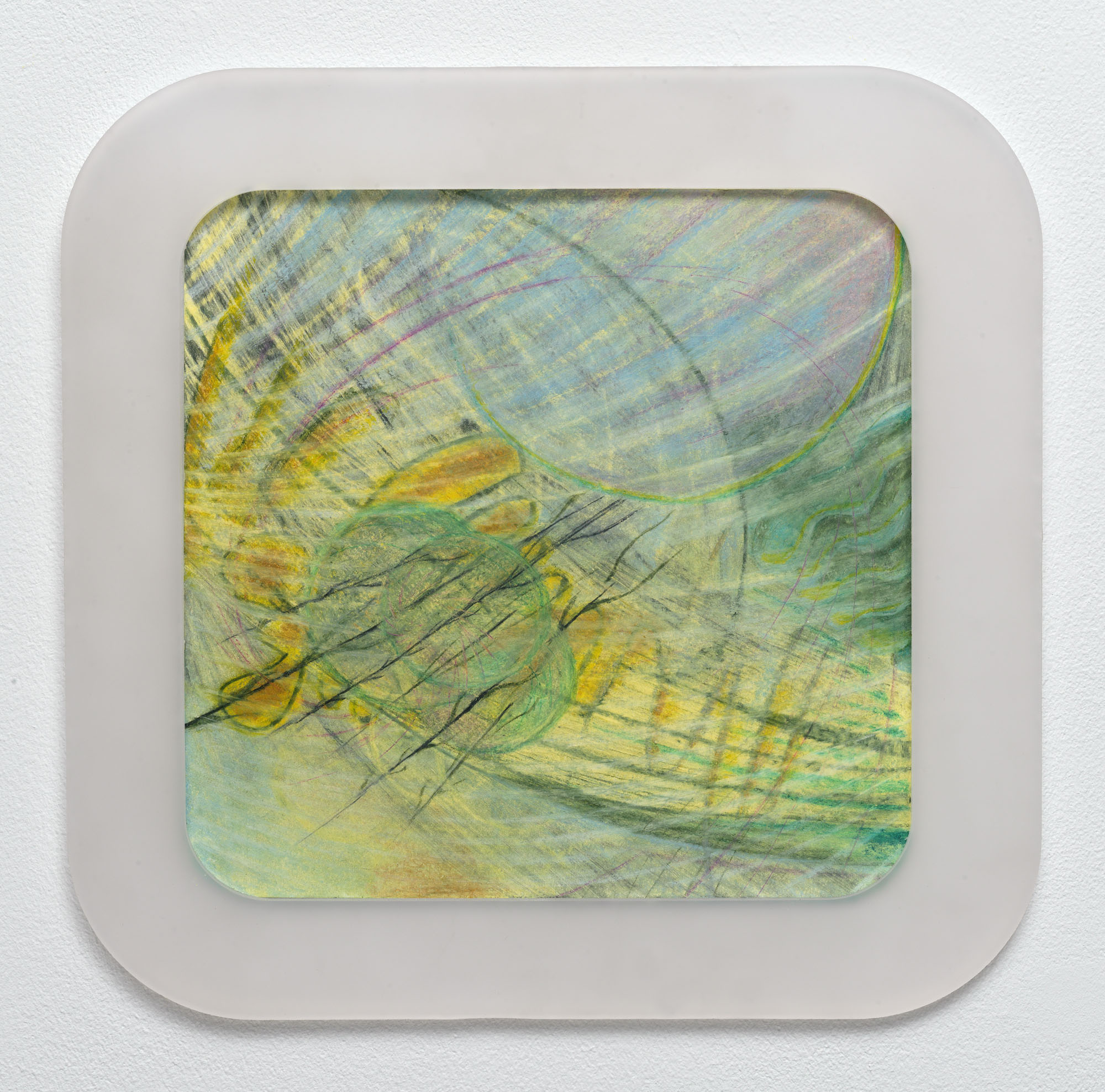
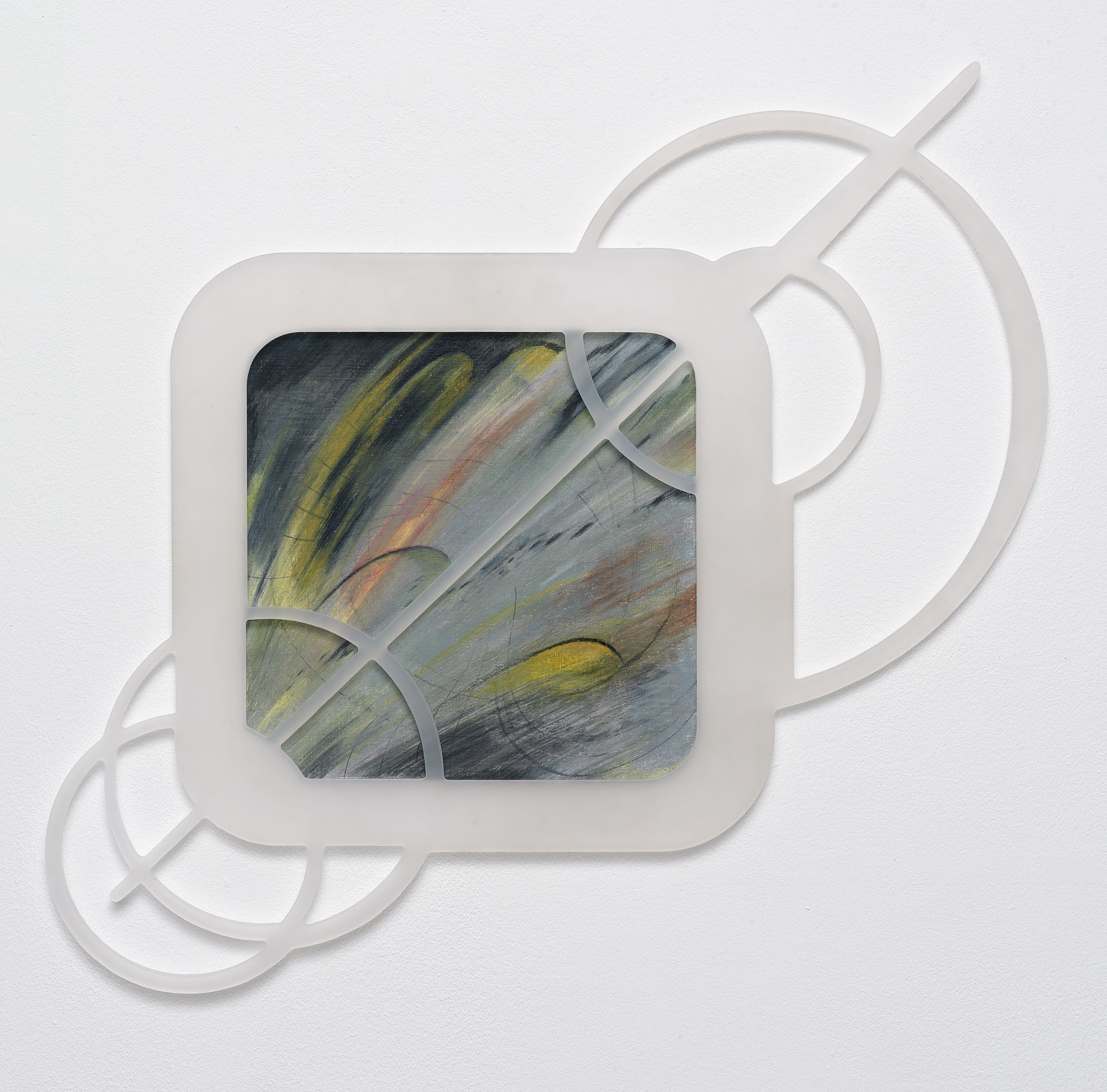
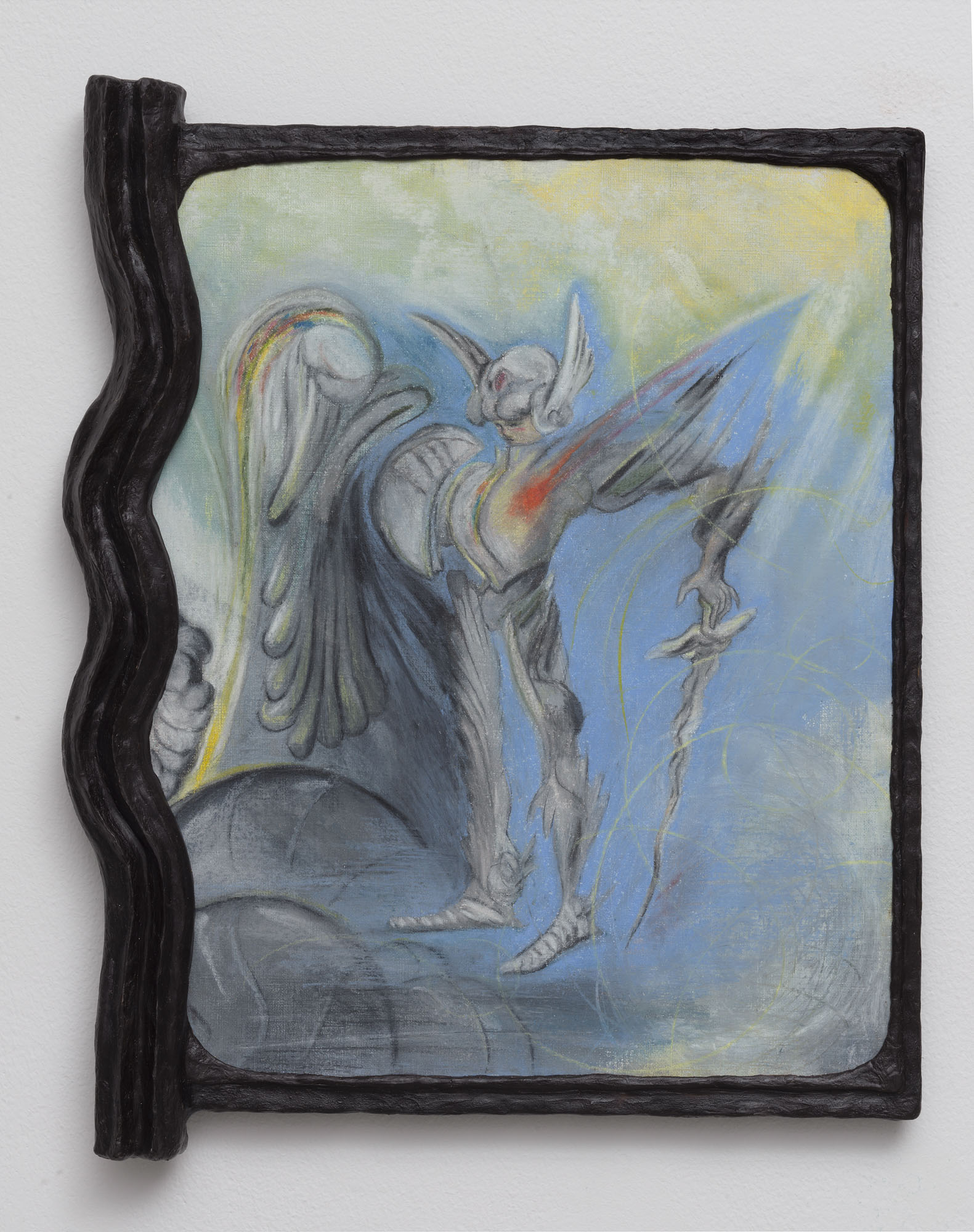
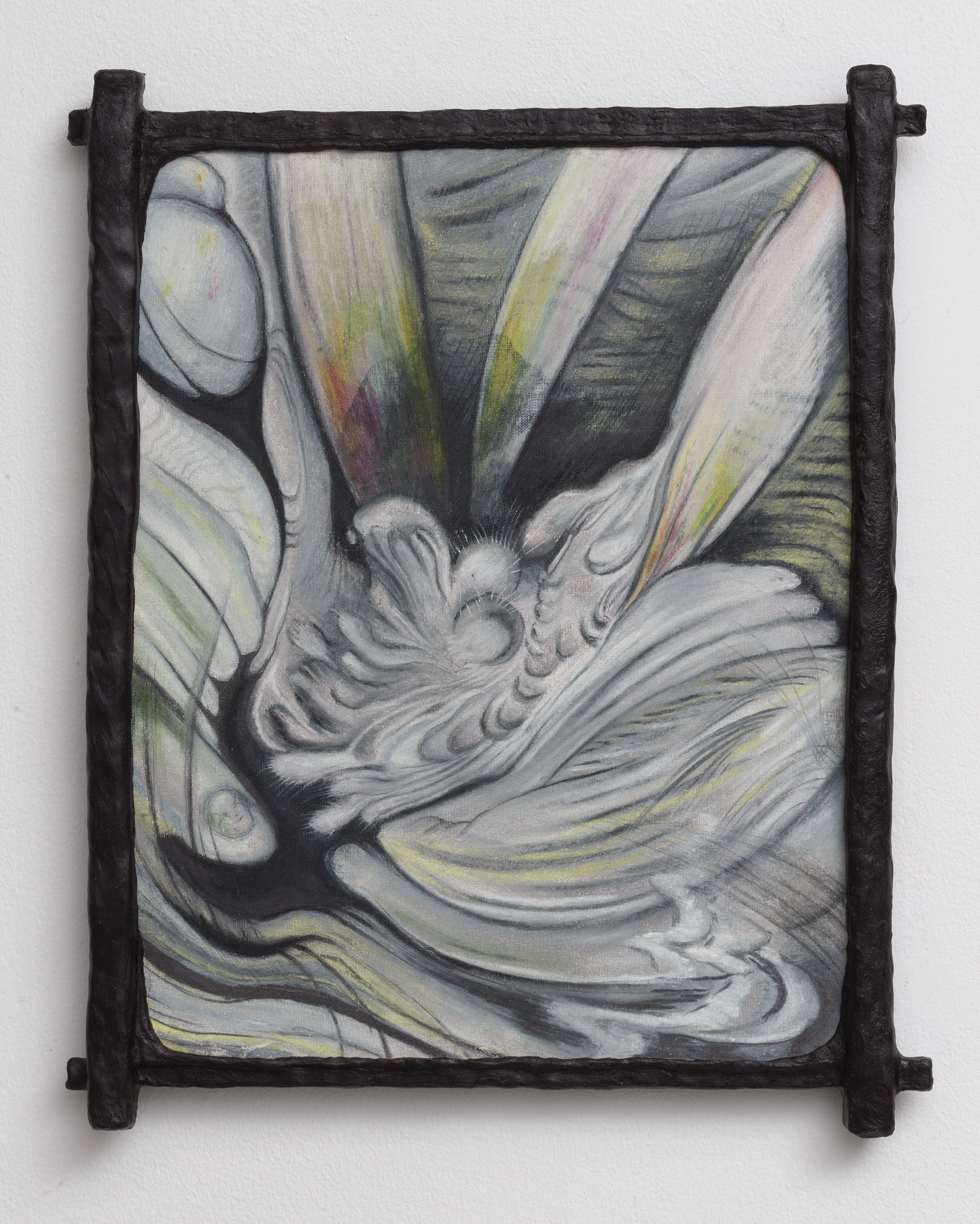
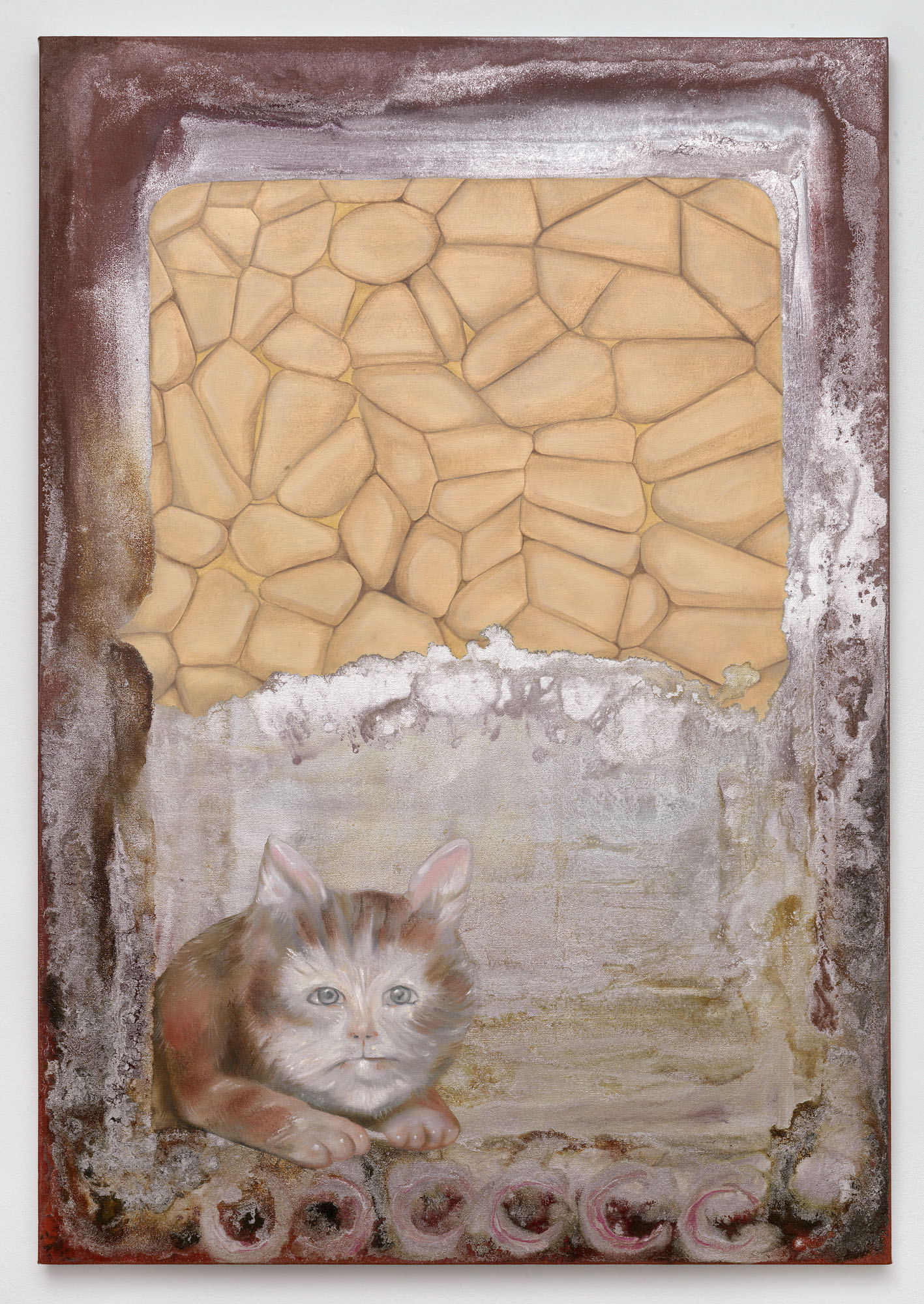
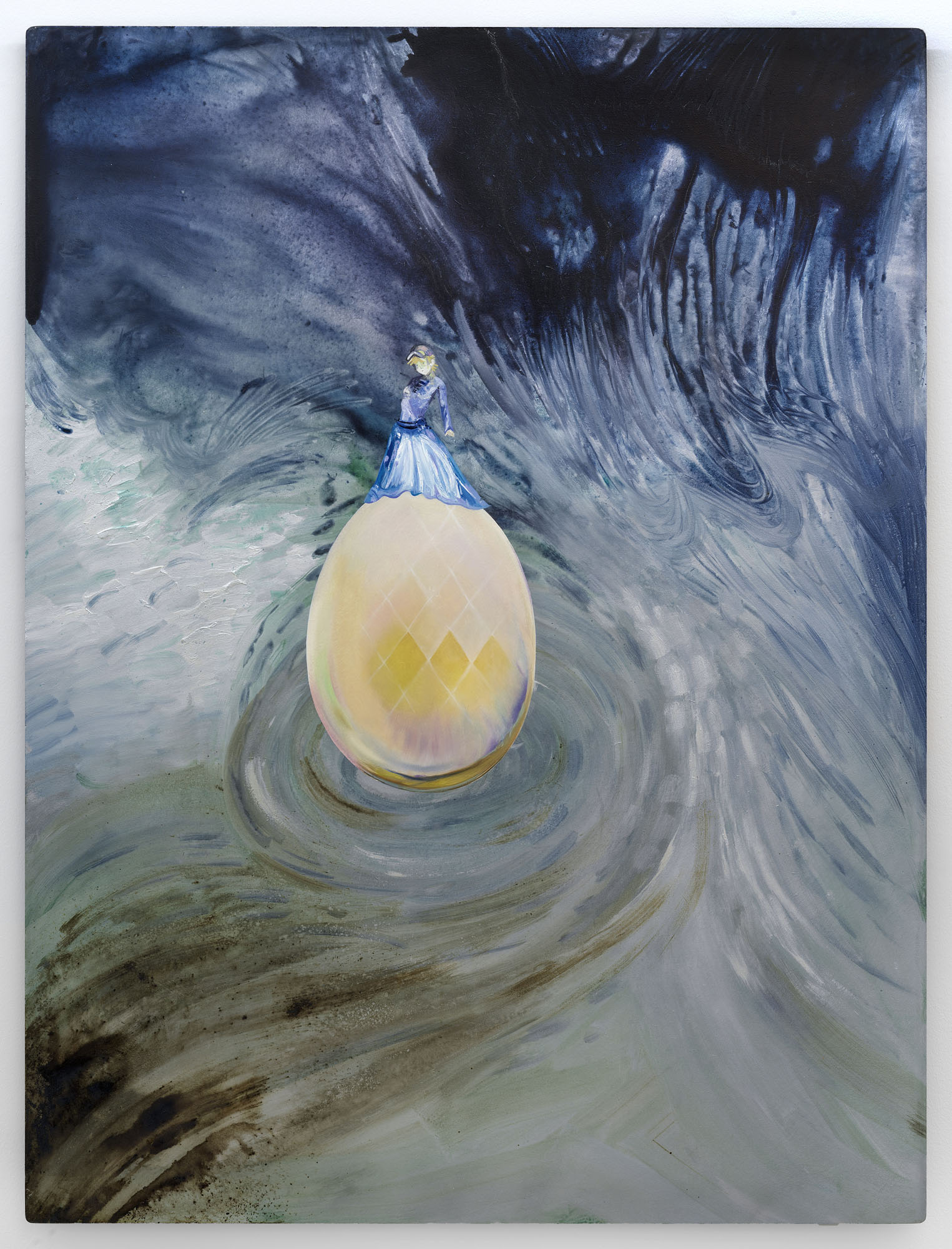
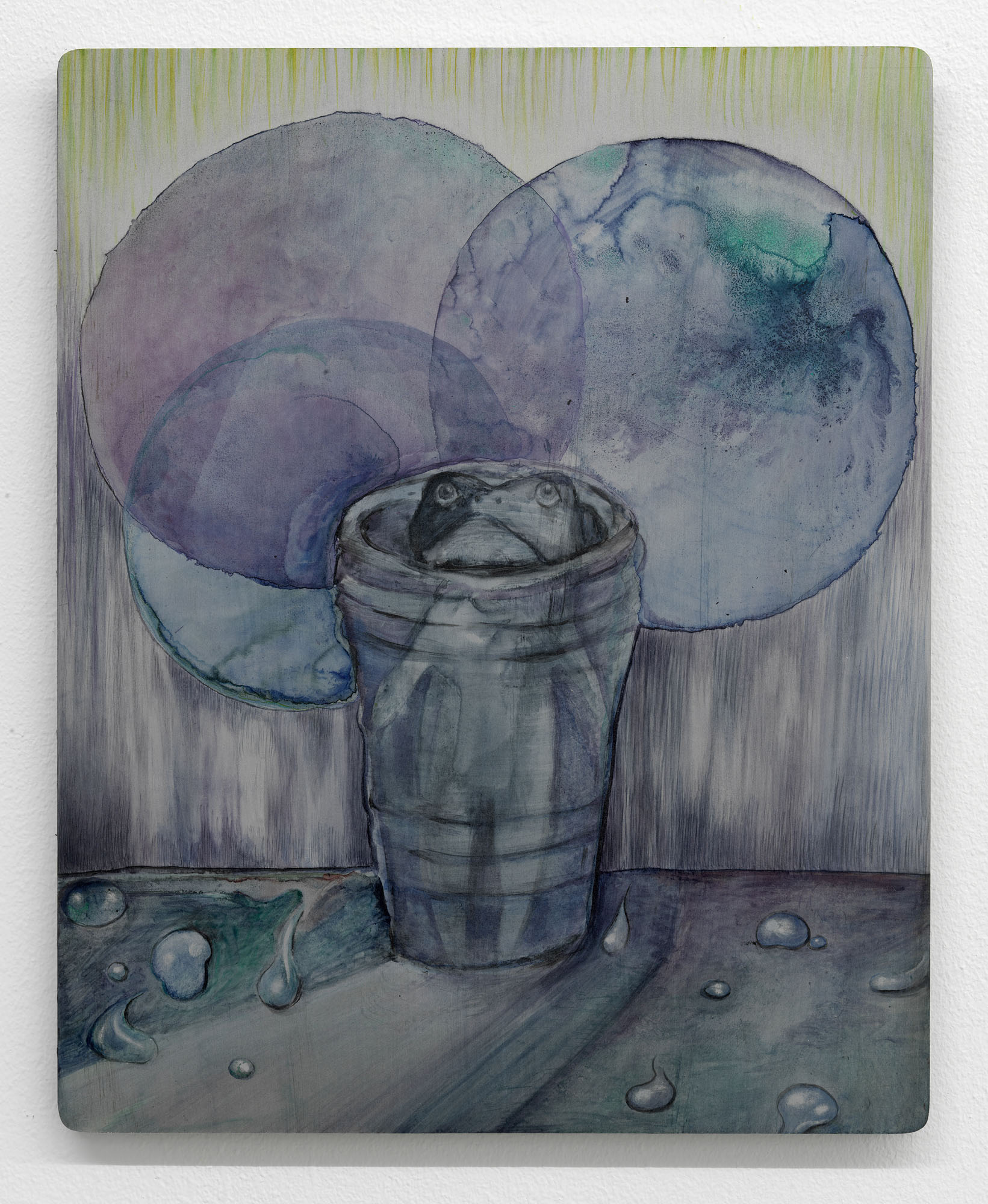
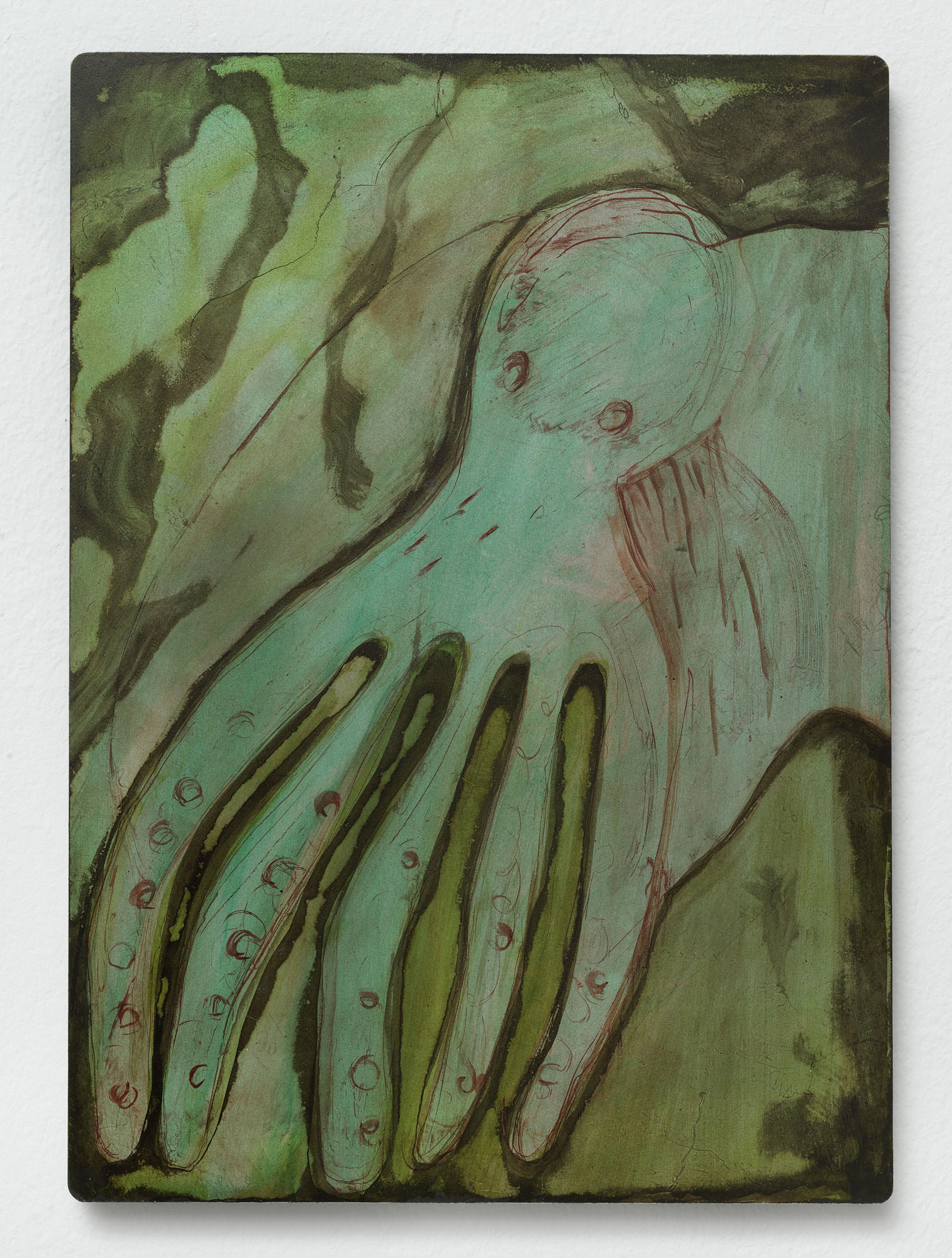
Front space
Josefina Anjou & Sarah Ksieska
At Galerie Fons Welters, Amsterdam
22 November 2019 – 11 January 2020
Galerie Fons Welters
Previous Articles
OFLUXO is proudly powered by WordPress
